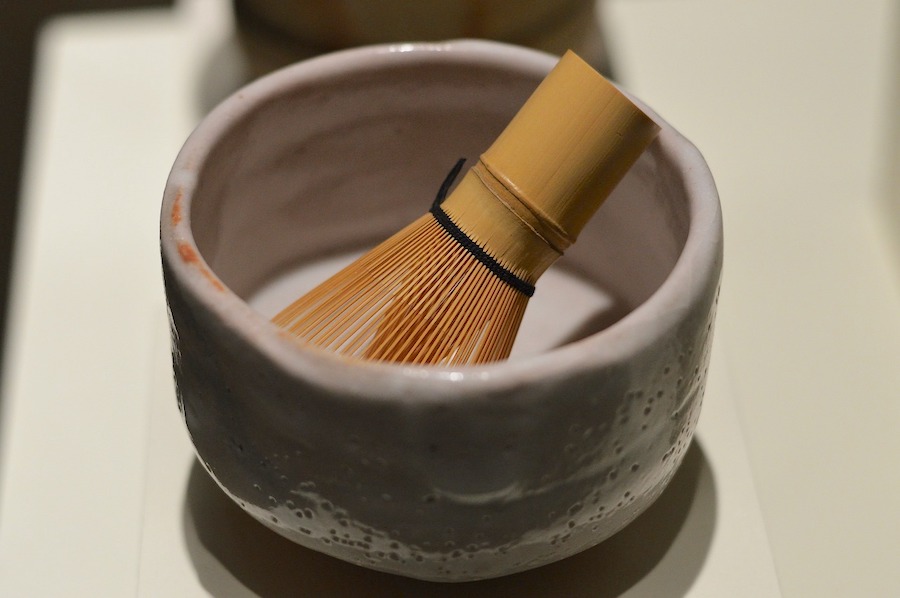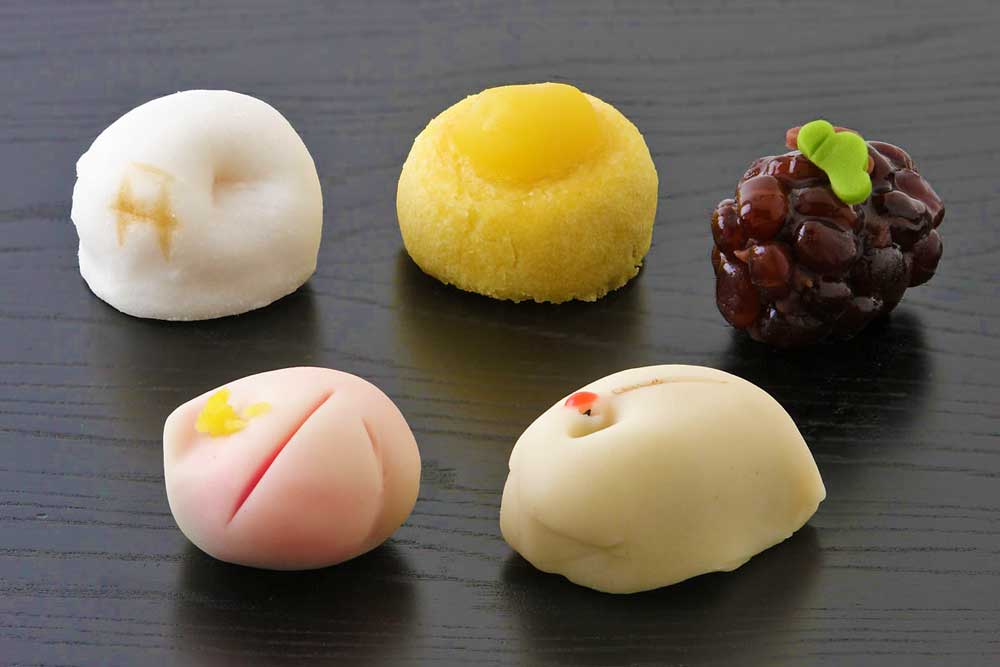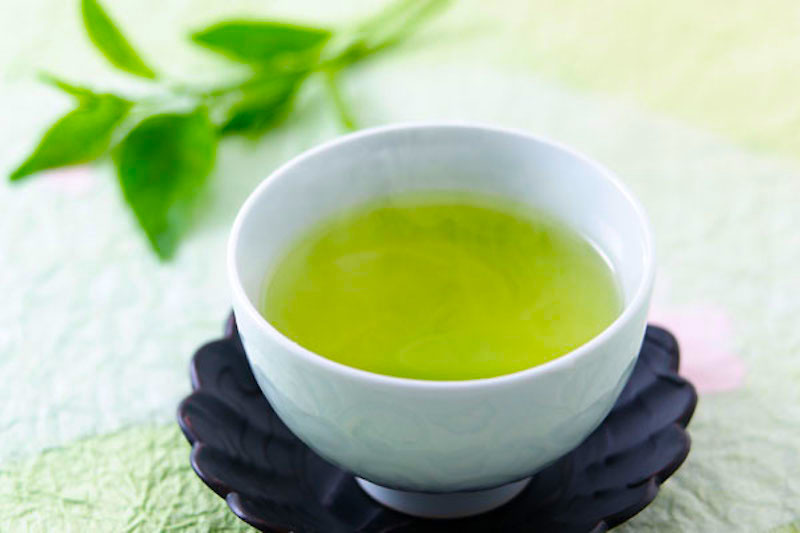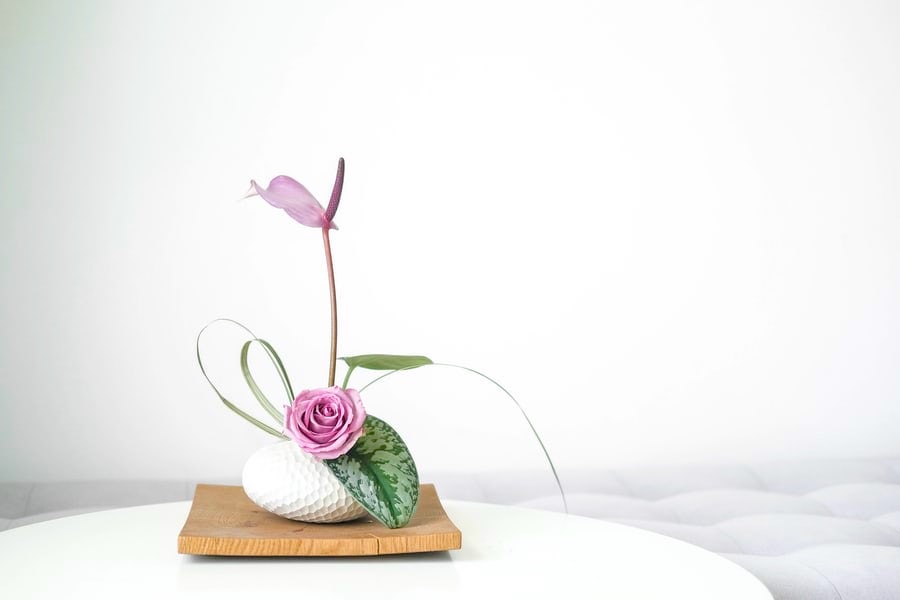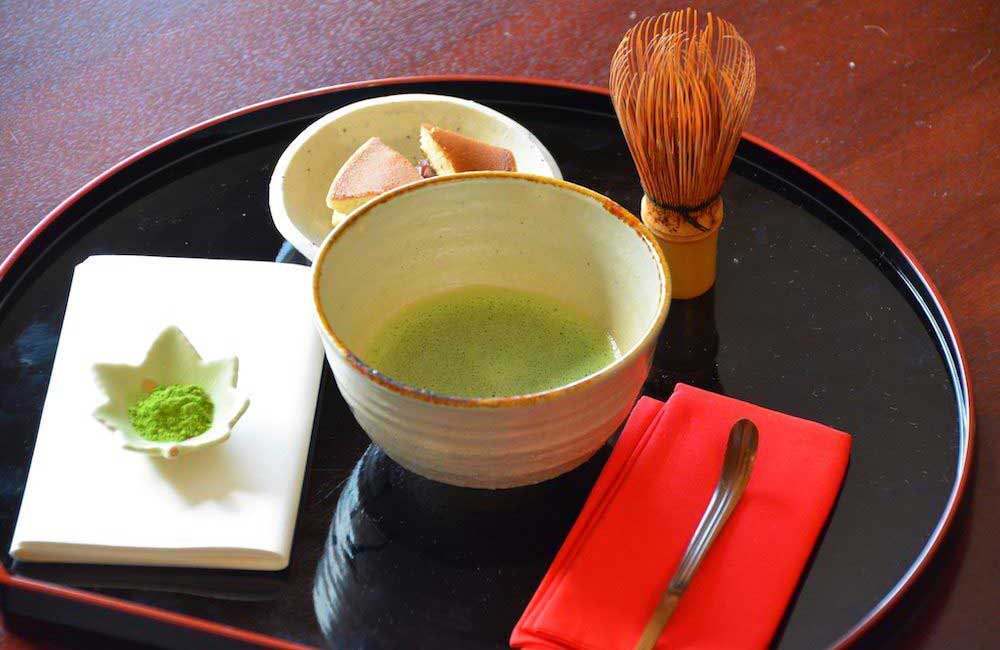
日本文化の「おもてなし」を代表する作法のひとつである「茶道」は、別名「茶の湯」とも呼ばれ、安土桃山時代の茶人・千利休によって大成されました。
茶道には禅宗の礼法が取り入れられており、簡素な中にも最善を尽くすという「わび・さび」の精神にも通じ、美しく格式高い伝統芸術であるといえます。
今回は、茶道や侘び寂びなどについて英語で説明する表現をいくつかご紹介していきます。
ご興味のある方は、当サイトで 英語クイズ(5000問) を出題しておりますので是非ご覧ください。
目次
茶道の簡単な説明
茶道は、sadō でも通じる場合もありますが、一般的には tea ceremony と訳されます。
Sadō is also called “Chanoyu.”
(茶道は、「茶の湯」とも呼ばれます。)
Sadō is translated as tea ceremony in English.
(茶道は tea ceremony と英訳されます。)
Ritual tea drinking originated in China.
(茶道は中国が発祥です。)
When Japanese monks and envoys were sent to China to learn about its culture, they brought tea to Japan in the 8th century.
(お茶は、8世紀に唐の文化を摂取する目的で派遣された僧侶や公使によって日本にもたらされました。)
The tea-drinking custom was first practiced by nobles and Zen Buddhist monks.
(お茶を飲む習慣は、最初は貴族や禅僧が愛好していました。)
Sadō is a traditional Japanese culture to entertain guests with tea. It originated in China and became established over the Kamakura and Muromachi Periods, expanding with the spread of Zen Buddhism.
(茶道はお茶で客人をもてなす日本の伝統文化で、中国から伝わり、鎌倉時代から室町時代にかけて禅宗の広がりとともに成立しました。)
Sadō, a tea ceremony, was established by Sen-no-Rikyū in the Azuchi-Momoyama Period.
(茶道は、安土桃山時代に千利休によって大成されました。)
Sadō is a custom to invite and entertain others with a serving of green tea and was perfected by a tea master, Sen-no-Rikyū in the 16th century.
(茶道は、16世紀に茶人の千利休によって完成された、客人を招いてお茶でもてなす作法です。)
Sadō is the traditional etiquette of preparing and drinking matcha green tea.
(茶道とは、お茶の淹れ方と飲み方の伝統的な作法です。)
Sadō is the art of serving tea to guests with a heart of Japanese hospitality.
(茶道とは、日本らしいおもてなしの心で客人にお茶を振る舞う芸道です。)
The art and performance of preparing powdered green tea is called “otemae.”
(お抹茶をつくって振る舞うことを「御点前」といいます。)
Otemae is defined down to such minute details as the motion of the fingers.
(御点前は、指先の細かな動きに至るまで定められています。)
・down to:〜に至るまで、〜まで下がって
・minute details:細部、極めて細かい部分
The one preparing the tea is called the “teishu (master or host).”
(もてなす人を亭主といいます。)
In sadō, powdered tea, different from ordinary Japanese tea, is used.
(茶道では、通常の煎茶とは異なる抹茶を使用します。)
Teishu pours hot water into a tea bowl, stirs the tea with a chasen, then serves the tea to the guest.
(亭主は茶碗に抹茶を入れてお湯を注ぎ、茶筅で混ぜて、客人に出します。)
In a formal tea ceremony, a multi-course cuisine called kaiseki is served.
(正式な茶会では、懐石と呼ばれるコース料理が供されます。)
Sadō is held mainly in a special tea ceremony room called “chashitsu.”
(茶道は主に、「茶室」と呼ばれる特別なお部屋で行われます。)
The ceremony also includes an aesthetic appreciation of the tea utensils and the decorative displays in the room.
(茶器やお部屋の装飾を鑑賞することも含まれています。)
Sen-no-Rikyū brought sadō to perfection by incorporating the philosophy of “wabi sabi” and the heart of “ichigo-ichie.”
(千利休は、「わび・さび」の精神と「一期一会」の心を取り入れて茶道を完成させました)
bring A to perfection で、「Aを完成させる、完璧にする」という意味になります。
“Ichigo-ichie” means “once in a lifetime,” and to make that encounter important, teishu prepares with sincerity and implements such as tea utensils, a hanging scroll, flowers, a vase and other amenities.
(「Ichigo-ichie」とは、「一生に一度」という意味で、出会いを大切なものにするために、亭主は茶器や掛け軸、お花や花瓶などを心を込めて用意します。)
“Wa-Kei-Sei-Jaku” (harmony, respect, purity and tranquility) are the four important spirits of the tea ceremony as described by tea master Sen-no-Rikyū.
(「和敬静寂」は、茶聖の千利休が残した茶道の大切な四つの精神です。)
The guests know the warm hospitality and show their gratitude to teishu.
(客人はその温かいおもてなしの心を思い、亭主への感謝の気持ちを表します。)
The guests enjoy the hanging scroll, flowers, and tea bowl during the tea ceremony.
(客人は茶会の間、掛け軸、生花、そして茶碗などを鑑賞します。)
Japanese confectionery called “ocha-gashi” is served with green tea.
(お抹茶とともに、「お茶菓子」と呼ばれる和菓子もいただきます。)
Higashi (dry sweets) or omogashi (fresh sweets) are served with usucha (thin matcha), omogashi are served with koicha (thick matcha).
(薄茶には干菓子または主菓子、濃茶には主菓子が供されます。)
After Rikyū’s death, tea ceremony schools such as Omote Senke, Ura Senke and Mushanokōji Senke were created by his family.
(千利休の子孫により、表千家、裏千家、武者小路千家の流派ができました。)
・美学、審美的な:aesthetic (名/形)
・簡素さ、純真さ:simplicity
・親切なもてなし:hospitality
・作法:etiquette または manner (※ etiquette のほうがより洗練されていて「礼儀作法」の意味が強いです)
わび・さび(侘び・寂び)
「わび・さび」とは、「簡素さ、質素さ、不完全さの中に、精神的豊かさや美しさを見出す」という日本人の美意識のひとつです。
実際には「わび」と「さび」の意味は異なるのですが、最近では一緒に使われることが一般的になっています。
あっという間に散ってしまう桜や、一瞬だけ輝く花火、冬の落ち葉など、「儚さ」や「潔さ」に美しさを感じるという、日本文化の中心的思想を表す言葉ともいわれています。
Incorporating the heart of Zen Buddhism, sadō prizes the aesthetic concept of “wabi sabi,” which represents an important Japanese aesthetic value.
(禅の精神を取り入れた茶道は、日本人の大切な美的価値である侘び・寂びを重んじるものです。)
“Wabi sabi” emphasizes subtle taste and elegant refinement.
(「わび・さび」とは、繊細さと上品さを重んじるものです。)
“Wabi sabi” is the Japanese aesthetic of finding beauty in simplicity and imperfection.
(「わび・さび」とは、簡素さと不完全さの中に美しさを見出す日本人の美学のことです。)
“Wabi sabi” expresses a state of ephemeral beauty and quiet subtlety that avoids being gaudy or showy.
(侘び寂びは、派手さや虚飾を避け、儚い美しさと静かな繊細さを表しています。)
Wabi refers to austere simplicity in daily life, and sabi refers to the appreciation of the old and faded.
(わびとは日常生活における飾り気のない簡素さを指し、さびは古色や枯れたものに味わいを見出すことです。)
Sen-no-Rikyū, the most famous tea master, emphasized simplicity, cleanliness, and tranquility.
(もっとも有名な茶人である千利休は、簡素さ、清らかさ、静けさを重視していました。)
茶庭と茶室
茶庭(露地)/ Chatei
| 茶庭(chatei) | teahouse garden |
| 石灯籠(tōrō) | stone lantern |
| 蹲(tsukubai) | washbasin |
| 飛び石(tobiishi) | stepping stones |
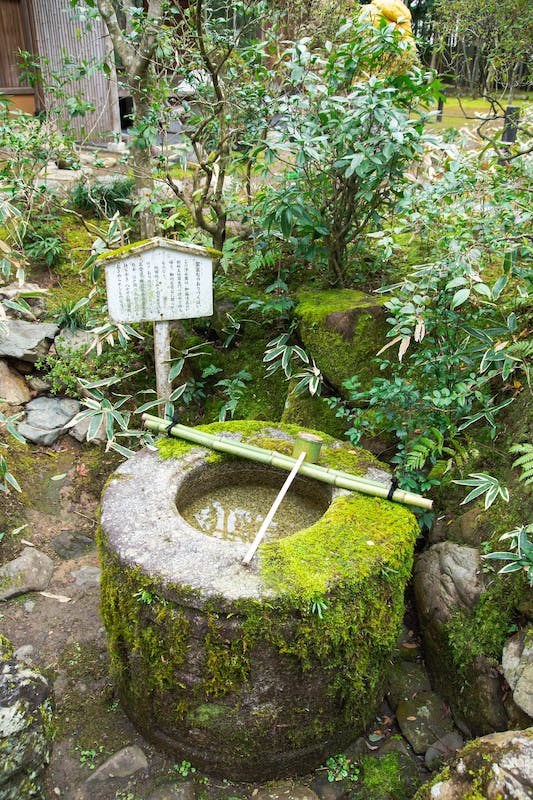
Tsukubai is a washbasin installed in the entry garden of a tea house.
(蹲とは、茶室へ続く前庭に据えられた手水鉢のことです。)
茶室 / Chashitsu
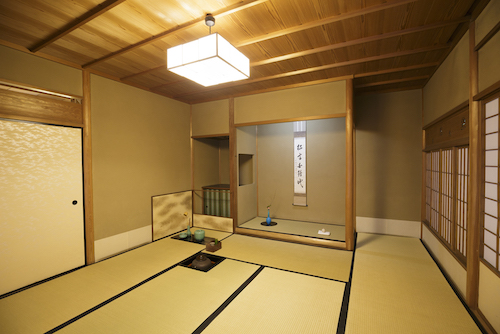
| にじり口(nijiriguchi) | guest’s entrance |
| 客畳(kyakudatami) | guest’s tatami |
| 茶道口(sadōguchi) | host’s entrance |
| 点前畳(temaedatami) | host’s tatami |
| 炉(ro) | sunken hearth |
| 水屋(mizuya) | room for tea and food preparation |
| 中柱(nakabashira) | center post |
| 床の間(tokonoma) | alcove |
| 掛け軸(kakejiku) | hanging scroll |
| 生花(ikebana) | flower arrangements |
The decorative elements of the tearoom are minimal, reflecting “wabi” aesthetics.
(茶室の装飾が最小限に抑えられているところに「わび」の美学があります。)
The guest’s entrance to the room, called “Nijiriguchi,” is small. The action of bowing one’s head through the door is said to reflect a “humble” spirit.
(「にじり口」と呼ばれる客人の入り口は小さく、頭を低くして入るところに「敬」の精神が反映されているといわれています。)
茶道の道具
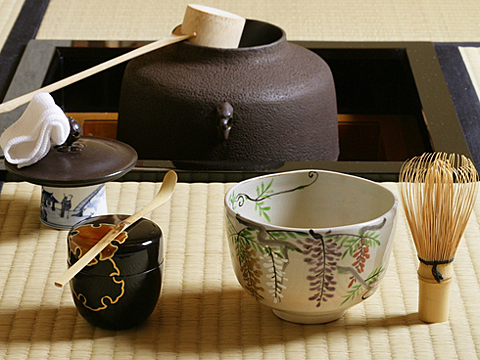
これが全てではありませんが、主に使われるものをご紹介します。
| 茶碗(chawan) | tea bowl |
| 柄杓(hishaku) | water ladle |
| 水差し(mizusashi) | jug of water |
| 釜(kama) | kettle |
| 風炉(fūro) | brazier |
| 抹茶(matcha) | powdered green tea |
| 茶筅(chasen) | bamboo tea whisk |
| 茶杓(chashaku) | tea scoop |
| 棗(natsume) | container for powdered green tea |
| 建水(kensui) | basin for used water |
| 懐紙(kaishi) | paper sheet または paper napkin the guests bring with them など |
| 菓子楊枝/黒文字(kashi-yōji) | pickers for Japanese confectionery |
| 扇子(sensu) | folding fan |
↓ 続いては、茶席での作法を英語で説明する表現をご紹介します。
